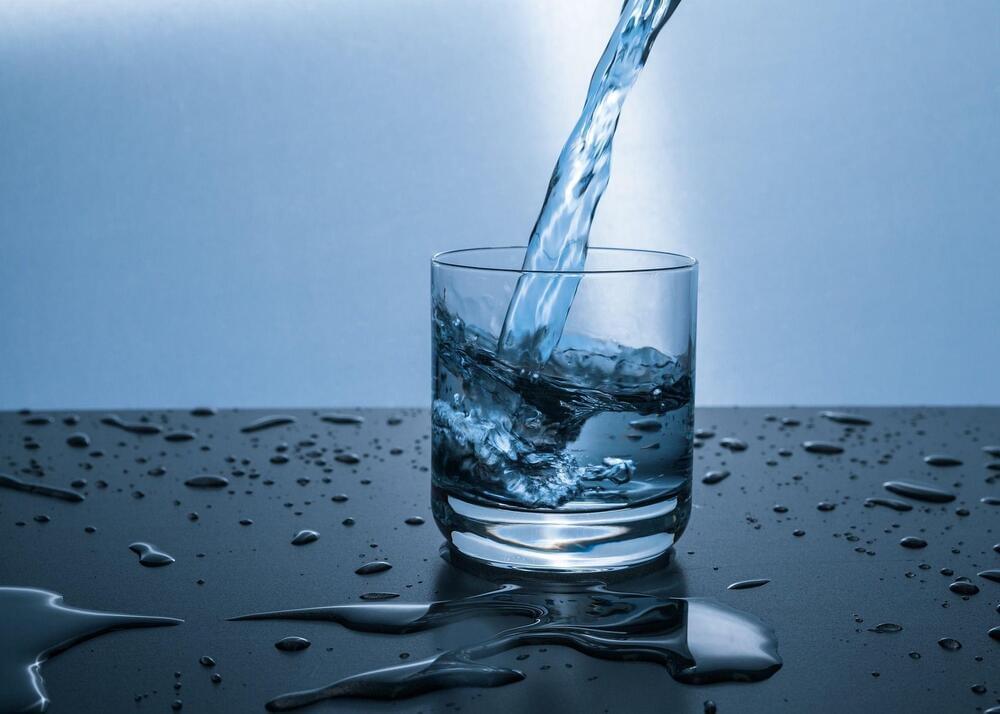Dedicated to ending the HIV epidemic — dr. moupali das, MD, MPH, executive director, HIV clinical research, gilead sciences.
Dr. Moupali Das, MD, MPH, is Executive Director, HIV Clinical Research, in the Virology Therapeutic Area, at Gilead Sciences (https://www.gilead.com/), where she leads the pre-exposure prophylaxis (PrEP) clinical drug development program, including evaluating the safety and efficacy of a long-acting, twice yearly, subcutaneous injection being studied for HIV prevention. Her responsibilities also include expanding the populations who may benefit from PrEP.
Dr. Das has led high-performing teams in academic medicine, public health, implementation science, and cross-functionally in drug development. She has successfully helped develop, implement, and evaluate how to better test, link to care, increase virologic suppression, and improve quality of life for people with HIV, and to prevent HIV in those who may benefit from PrEP.
During the COVID19 pandemic, Dr. Das assisted her colleagues in the COVID-19 treatment program, leading the evaluation of a COVID-19 treatment for use in pregnant women and children from the compassionate use program.
After completing her undergraduate degree in Biochemical Sciences at Harvard College, medical school and internal medicine residency training at Columbia University and New York Presbyterian Hospital, Dr. Das came to University of California, San Francisco (UCSF) for fellowship training in Infectious Diseases and to University of California, Berkeley for her MPH in Epidemiology. She cared for HIV patients at San Francisco General’s storied Ward 86 clinic and attended on the inpatient ID Consult Service. She is recognized internally and externally for her expertise in epidemiology, public health, advocacy, and community engagement.



